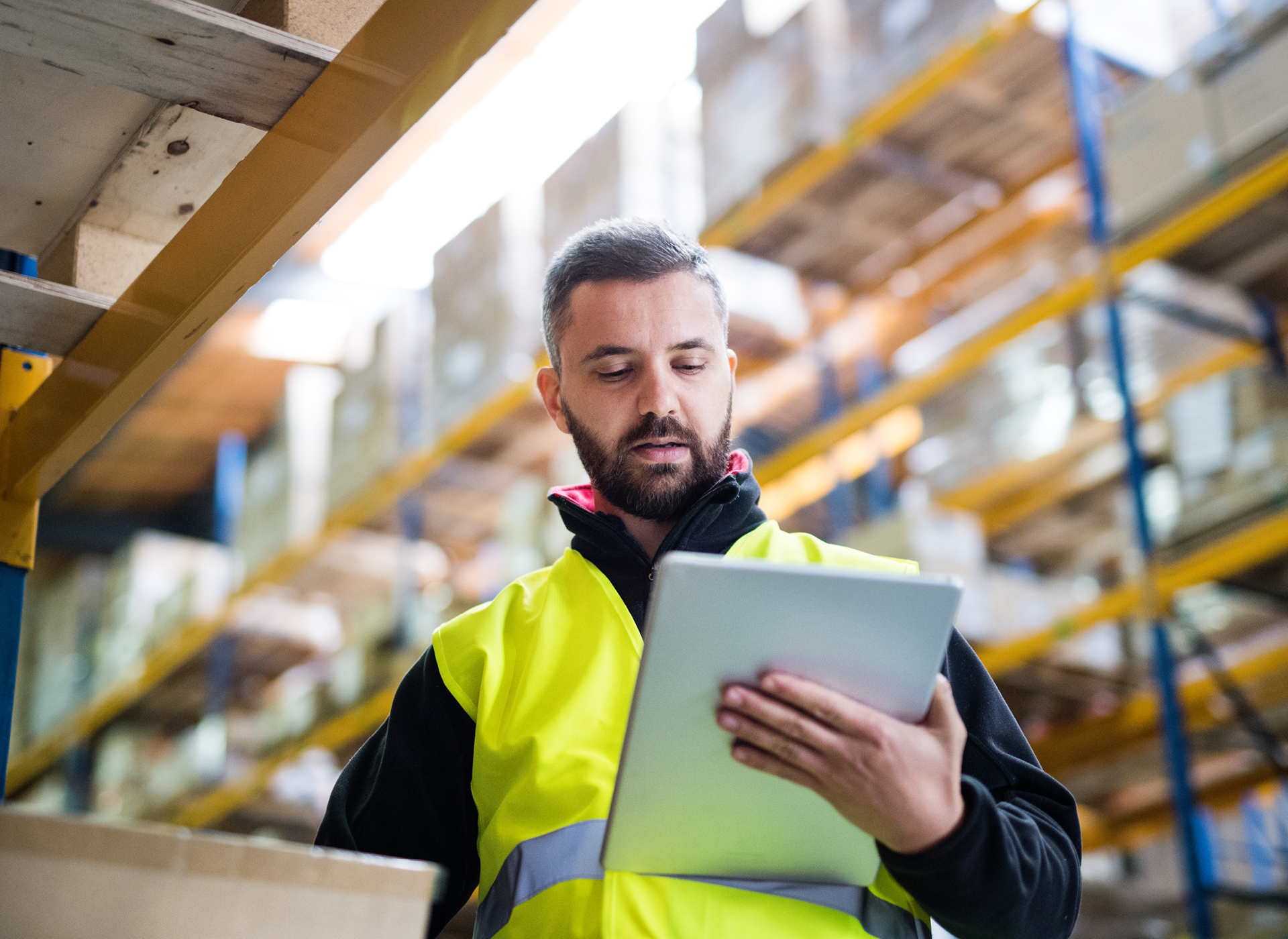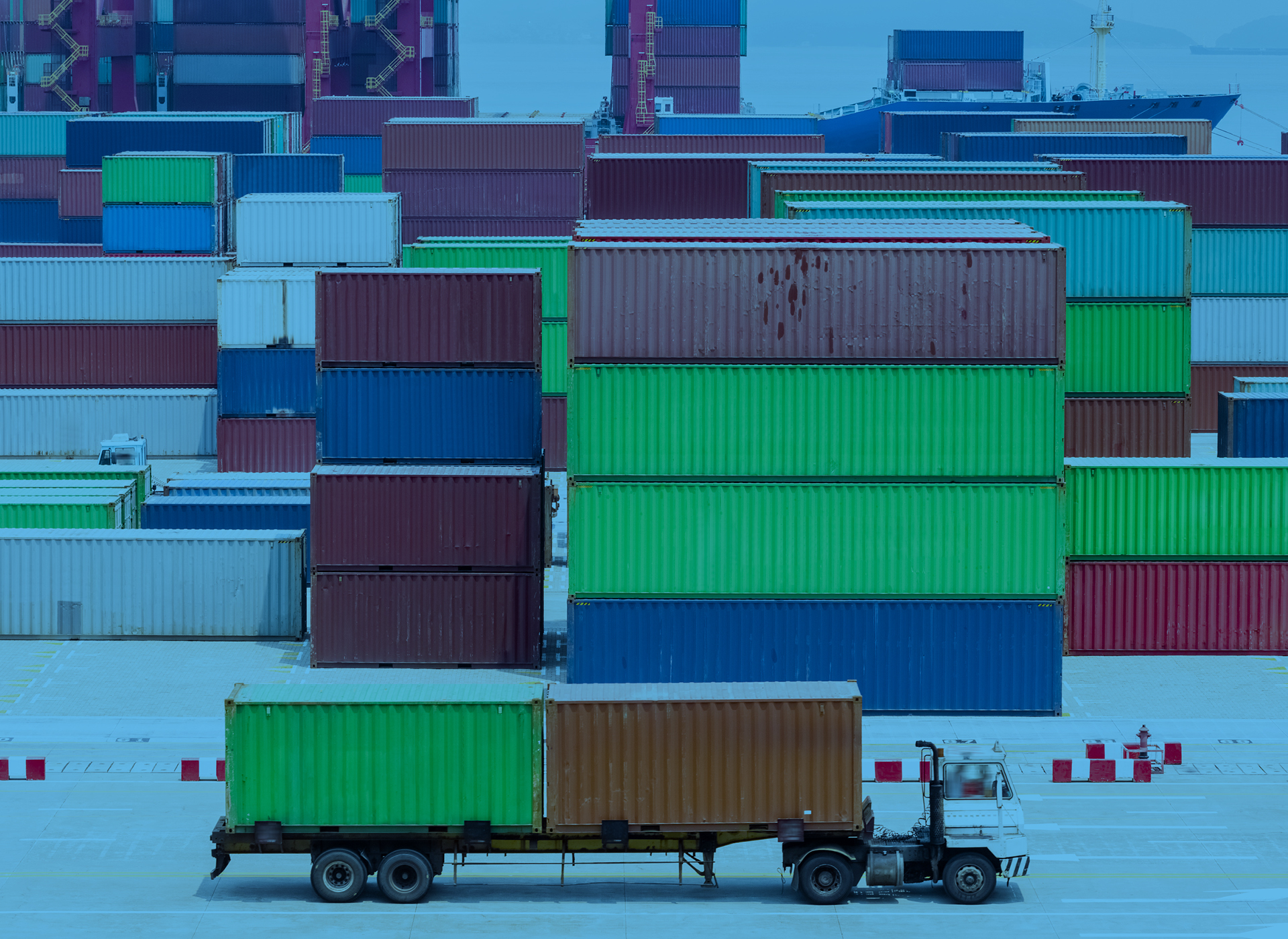One of the biggest challenges shipping companies face is improving the visibility of the status and location of shipments. New technologies have revolutionized the tracking of goods, thus responding to the new demands of customers and consumers.
The evolution of tracking
The sophisticated and complex infrastructures of the 21st century have allowed the distribution of goods to be faster than ever. The feeling of being able to have a product practically immediately can make us forget that this has not always been the case. Behind each order we place, there are significant technological and logistical challenges to overcome.
But what exactly is tracking, and how is it implemented in the logistics sector?
Tracking refers to all the activities and measures that follow merchandise from its origin, such as its place of production, to its final destination. It is the process capable of determining the location and status of a product at any time in the supply chain. For freight forwarders like Transped, the implementation of a traceability system is essential. It helps us identify critical points that may exist somewhere in the supply chain and makes it easier to resolve incidents. Gone are the times when tracking the shipment of goods was done through spreadsheets or map-based interfaces. Even the ERPs that made it possible to integrate an entire company’s operations and that revolutionized the sector in the early 2000s now seem outdated to us.
The availability of new technological solutions has led to a higher level of demand from customers who want to check the status of their shipment in real-time.

New technologies for real-time tracking
The continuous evolution of technology provides the transport sector with new opportunities to improve the tracking of goods in real-time and allows more precise scheduling of all activities. (Learn more here)
The use of GPS hardware is usually integrated with software that shows the real-time location of any vehicle on a map, and that can be easily installed on various means of transport. In the not too distant future, this technology may be combined with machine learning software to adapt routes according to factors that influence its productivity (for example, weather or traffic conditions.) Since merchandise can be transported by different means of transport, installed GPS IoT devices can connect directly with the shipment (containers, pallets, etc.) and obtain location updates in all supply chain links. This technology is especially useful for intermodal transport.
There are other specific technologies for tracking warehouses to determine precisely where merchandise is. In addition to movements, it is also possible to monitor the conditions of goods that are particularly sensitive to certain temperatures, light or humidity, notably food and medicine.

The blockchain revolution
Blockchain technology is the future of many operations in the transportation sector. The blockchain must be understood as a shared and decentralized digital ledger based on a global network’s consensus. Blockchain will be decisive in improving the tracking of goods because the recording of data using this technology does not leave room for misinterpretations or manipulations. This technology ensures the reliability of the tracking information and eliminates many costly and time-consuming authentication administrative processes.
